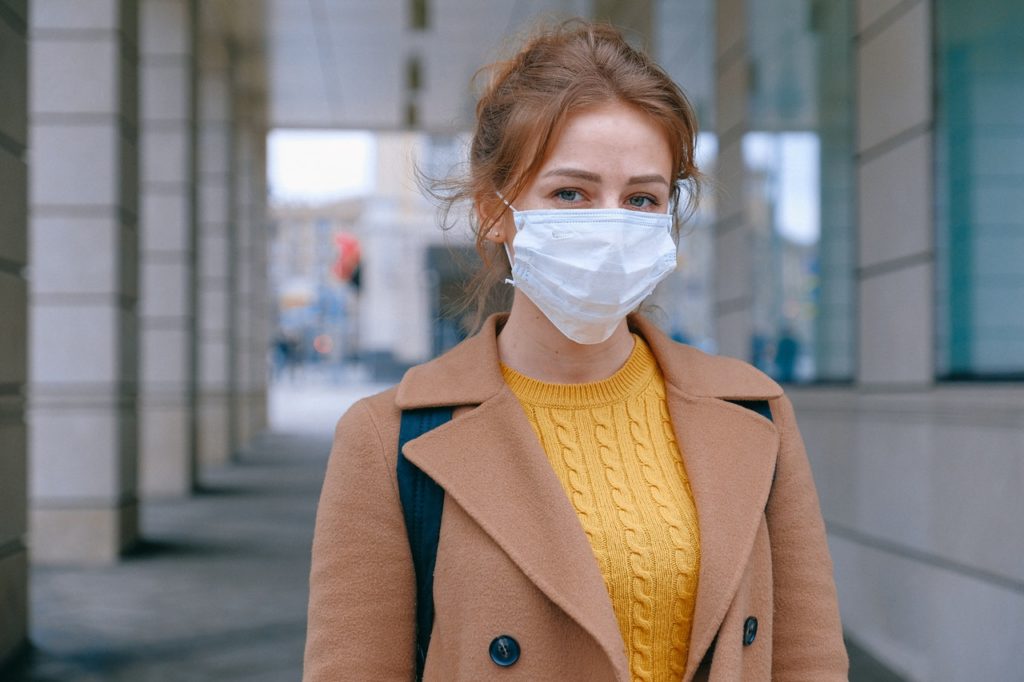In the past year, fifty-one million public school students in America have been learning remotely due to COVID-19. Unfortunately, too many of them are falling behind due to the lack of reliable internet connection. What’s worse than this is the alarming increase in children being abused and neglected at home and the negative impact on the mental health of university students and academic staff.
Thankfully, different types of vaccines are already discovered and are ready for distribution. While none of these vaccines claimed to be 100% effective to cure the said virus, drug trials for COVID-19 are still taking place for further research and assessment. On account of this development, there is a high possibility that colleges and universities in the United States will reopen this spring.
Prevention is indeed better than cure. This approach will help reduce the risk of spreading the virus on campuses.
Recruit Student Leaders and Ambassadors
Keep everyone on the campus up-to-date and reminded with guidelines, protocols, and the latest about COVID-19. How can information be disseminated effectively? Appoint student leaders to enforce policies like wearing masks, social distancing, and other guidelines. Apart from that, let them be the ones to raise awareness about student behavior.
It may be an excellent idea to utilize mobile applications to help fellow students report if they have symptoms or if someone else has. Group gatherings must be reported, too. Students hate being watched by the school heads. By recruiting co-students to implement protocols, campus administrators will prevent building a wall between them.
Hiring student ambassadors will also promote better communication and encourage collaboration in the community. The simple wearing of masks and social distancing would feel like an act of community service rather than a law that everyone must abide by.

Always Observe Social Distancing
Going back to campus means being in contact with other students again. However, there are ways to minimize this contact to lessen the chances of getting infected by the virus.
Student’s space must be rearranged to ensure there is ample distance between students while they attend their classes in classrooms, halls, labs, and clinics. On the contrary, those areas that are not essential to learning like the student gym, center, and lounge must be closed in the meantime.
Schools are encouraged to temporarily closed cafeterias—where most students spend a longer period together—around their campuses to prevent group gatherings. It is recommended that students prepare packed lunches so that they do not have to roam around looking for a place to eat during lunchtime.
If students need to do group projects and assignments, they must make the most of technology like Skype, Zoom, and Google Meet.
Properly Wear a Mask All the Time
Many are still in doubt whether masks really help control the spread of the virus or not, but a lot of observational studies have already proven that wearing a mask does work in lowering the rates of infection.
Those who are still not convinced, check out this educational graphic presentation from New York Times, where it shows how effective fabric can be at trapping large respiratory droplets and smaller airborne particles called aerosols.
It is paramount that masks must be work the proper way. Here’s how to do it:
- Clean your hands before putting it on, after taking it off, and every time you touched it. Or, better yet, avoid touching it.
- The mask must be snugly covering the nose, the mouth, and the chin. It is also crucial to get the age-appropriate mask to ensure it will fit the face right.
- Masks made of the fabric must be washed every day; Surgical masks must be properly disposed of after use—never reuse them.
Note that the use of masks with valves is discouraged by the experts because it allows unfiltered breath to escape.
Require Temperature Check upon Entry of Anybody
While the school’s administration must implement this, students must also be responsible enough to check their temperature before leaving home. If someone’s temperature reached 37.8°C or higher, they must not be allowed to enter the campus for everyone’s safety. They must proceed to the university or college guideline for those students who will experience symptoms of the COVID-19. This simple act can save you and other people’s lives.
New routines on campuses can be intimidating, but they should not create panic among the students. Being informed, observing guidelines and protocols, and being responsible and mature individuals can decrease the chances of starting a campus outbreak.
